Dagger (khanjar) of Emperor Aurangzeb (reigned 1658–1707) and sheath
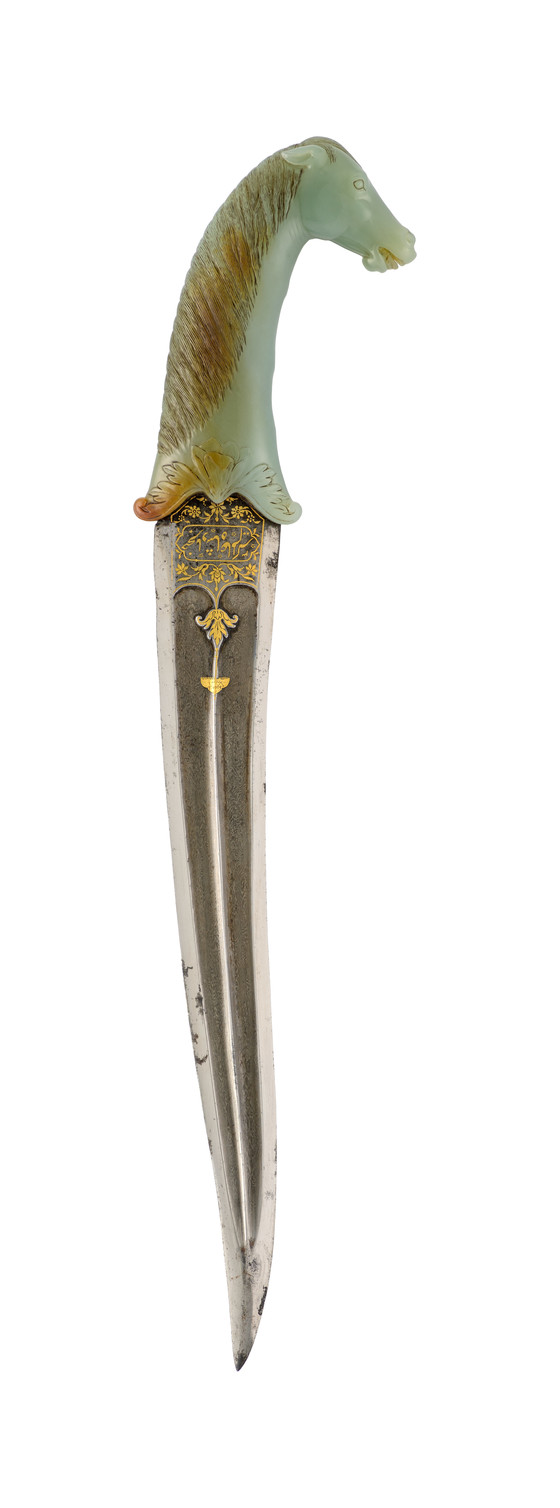
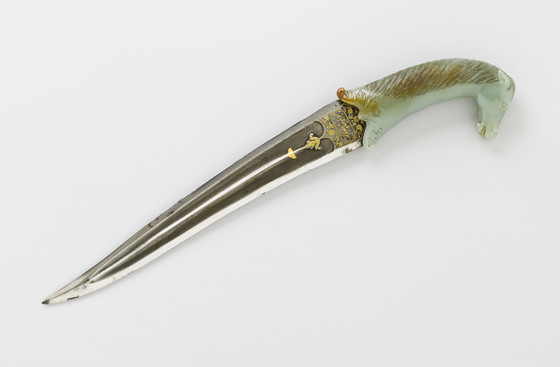
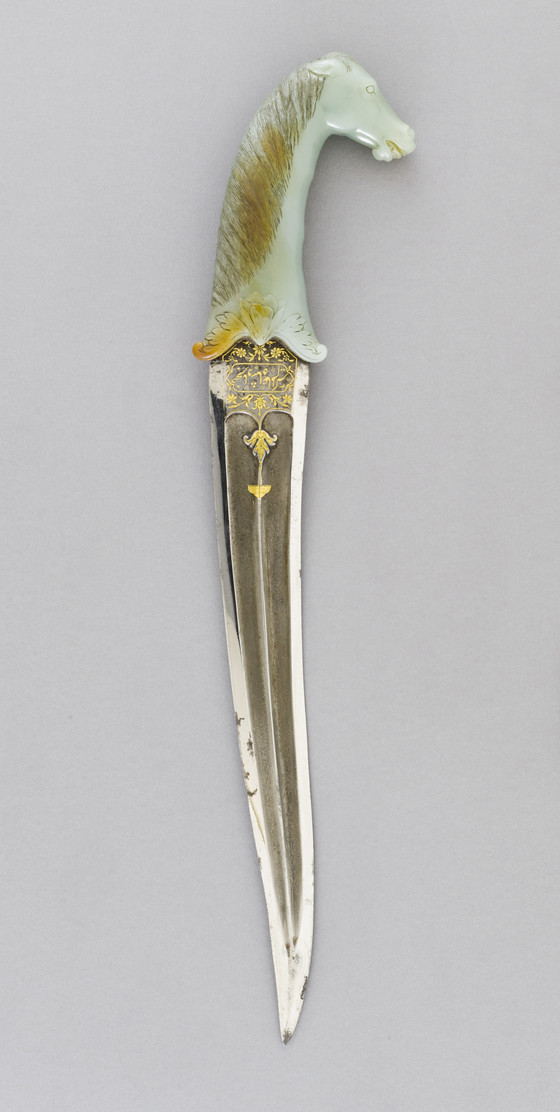

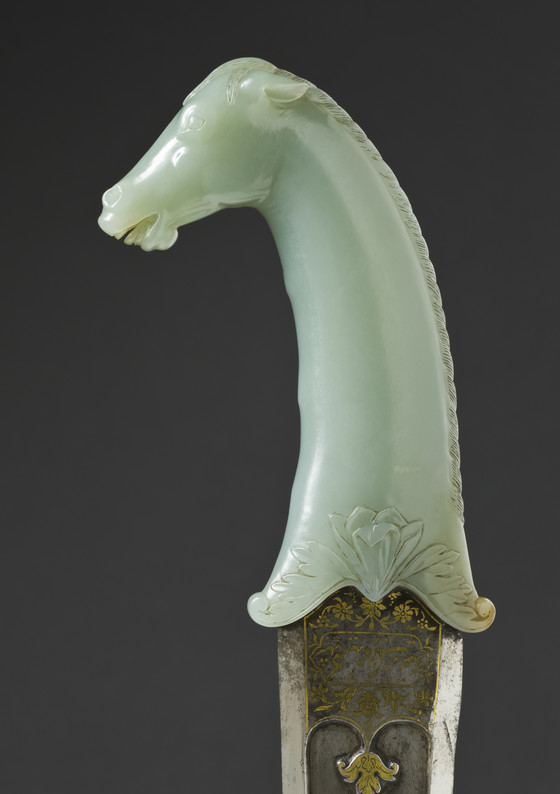
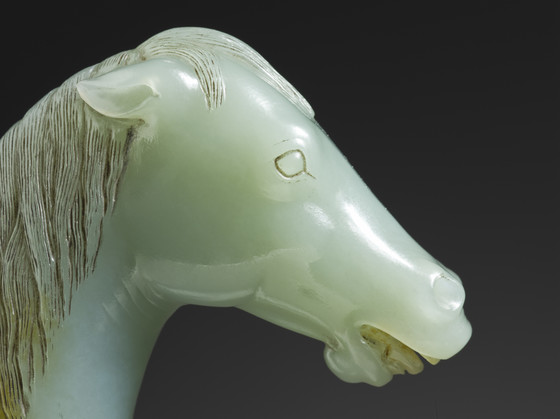
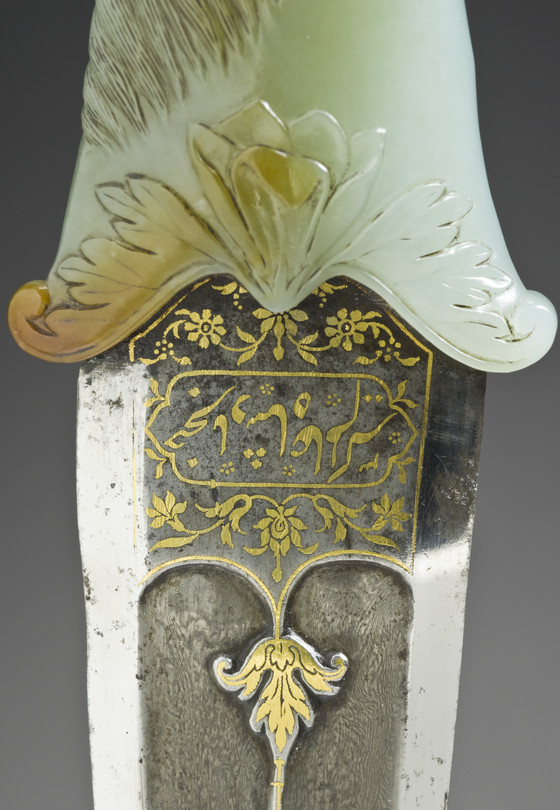
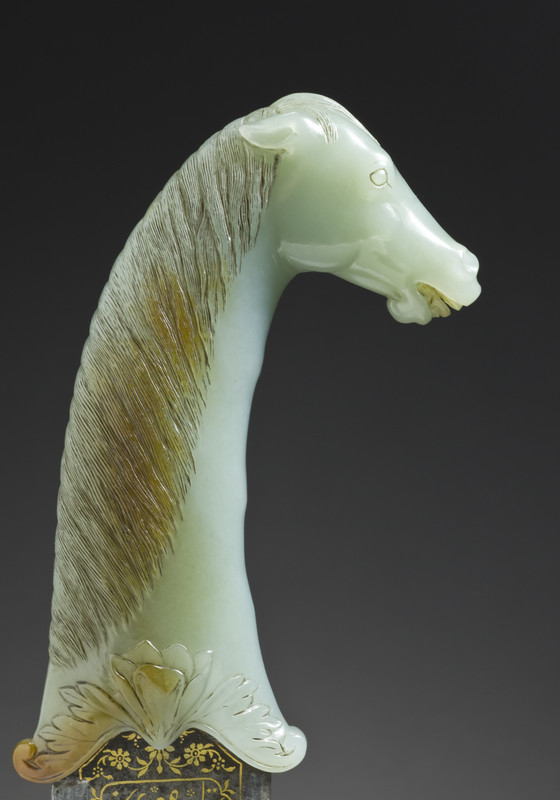


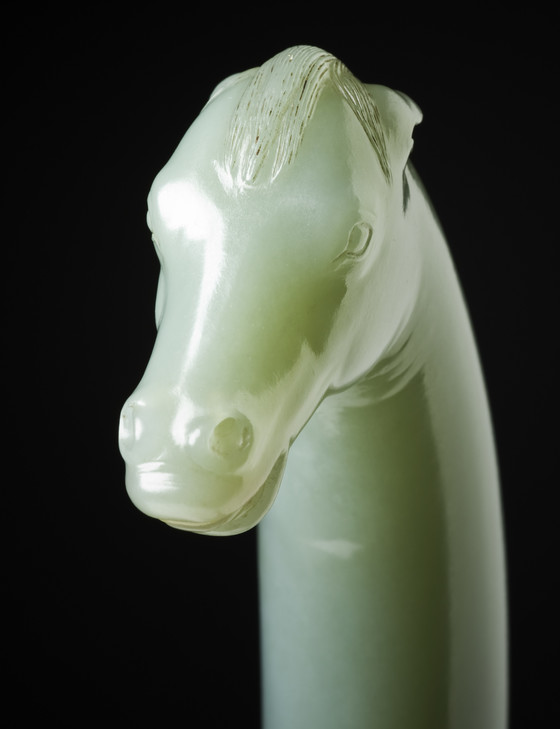
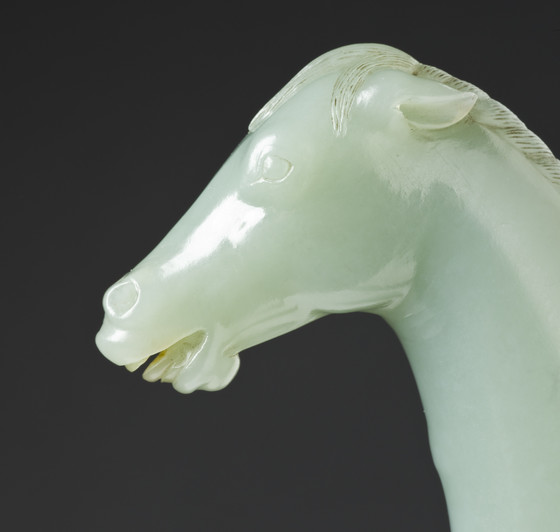
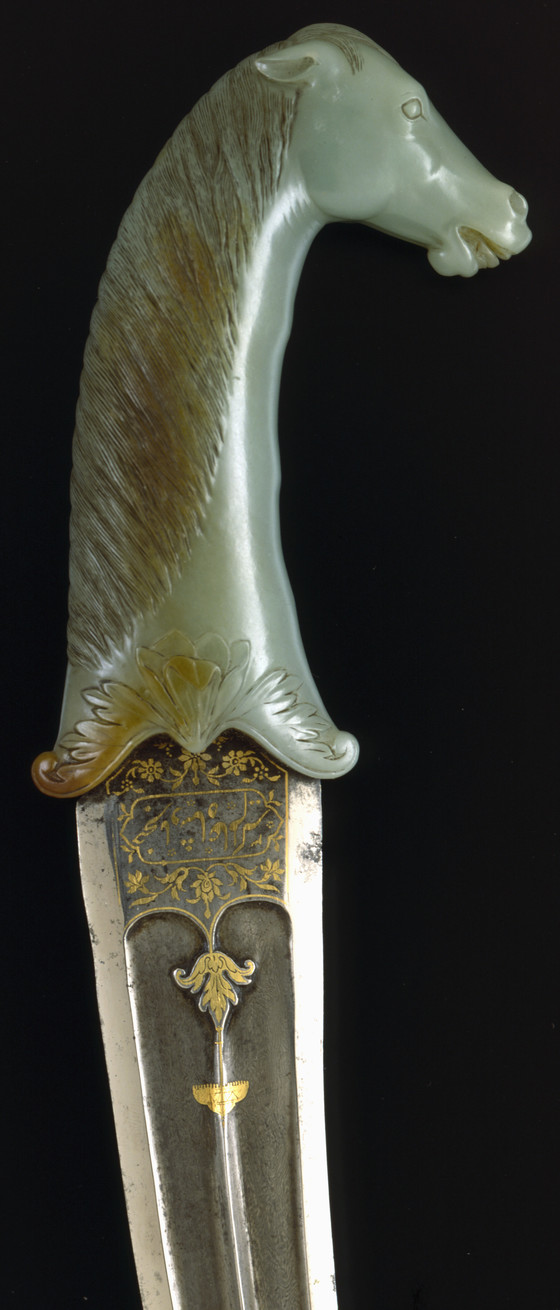
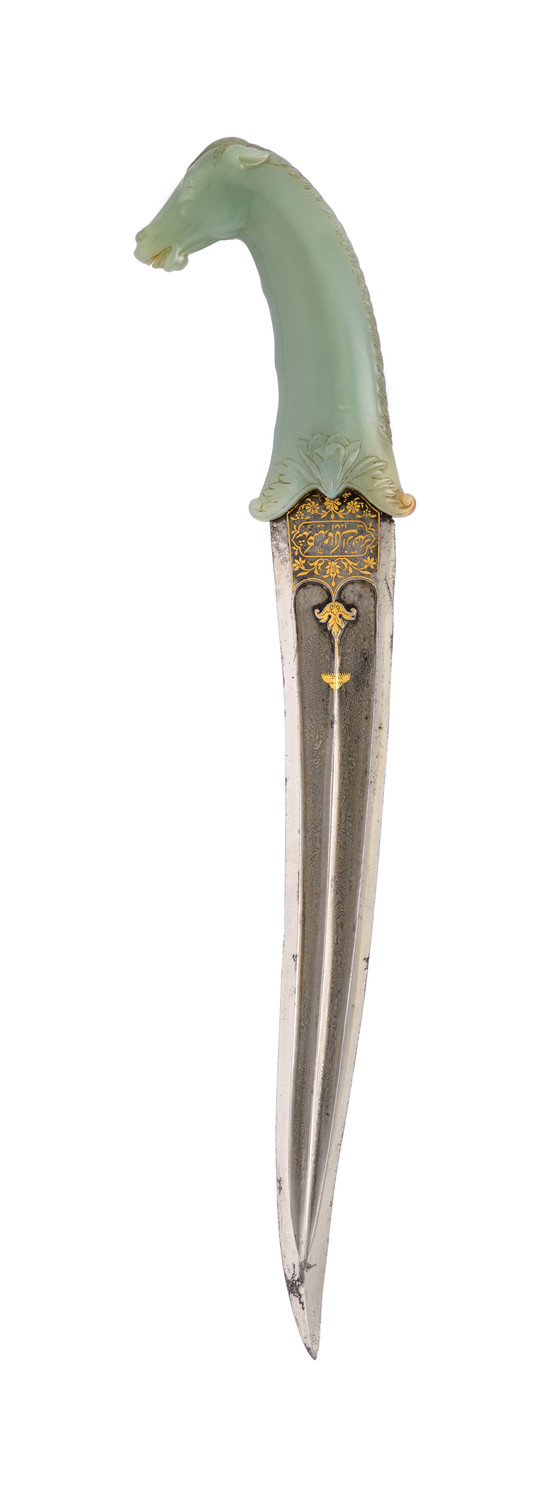
Please log in to add this item to your gallery.
View comments
No comments have been posted yet.
Add a comment
Please log in to add comments.
Please log in to add tags.
* Nearly 20,000 images of artworks the museum believes to be in the public domain are available to download on this site.
Other images may be protected by copyright and other intellectual property rights.
By using any of these images you agree to LACMA's Terms of Use.
Dagger (khanjar) of Emperor Aurangzeb (reigned 1658–1707) and sheath
India, Mughal empire, Dated 1660-1661
Arms and Armor; daggers
Light green nephrite jade hilt; steel blade inlaid with gold; wood sheath covered in velvet with metallic thread
Dagger: 13 3/4 x 2 in. (34.93 x 5.08 cm); Sheath: 10 x 1 5/8 x 3/4 in. (25.4 x 4.13 x 1.91 cm)
From the Nasli and Alice Heeramaneck Collection, Museum Associates Purchase (M.76.2.7a-b)
Not currently on public view


